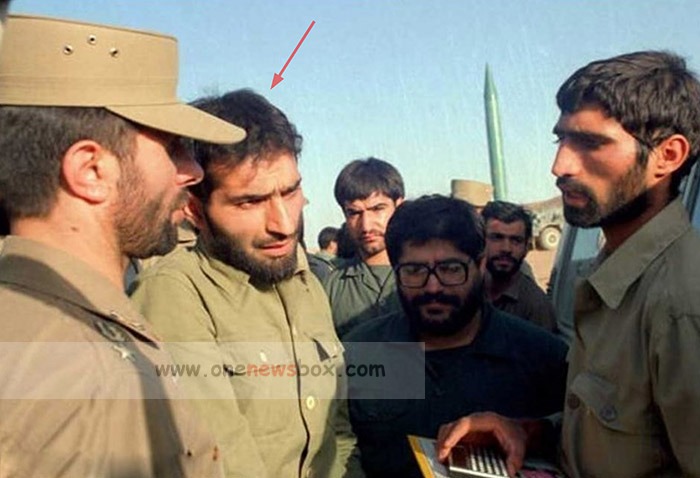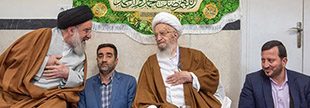Founding the Missile Program – Moghadam is widely credited with being one of the chief architects and founding members of the IRGC’s missile program. His efforts in this domain were not only technical but also organizational and strategic. During the Iran-Iraq War, Iran lacked the resources and infrastructure to develop sophisticated weapons systems. As a result, Moghadam was instrumental in acquiring missile technology and expertise from abroad, particularly from countries like North Korea and China, while also laying the groundwork for domestic missile production.
The creation of the missile unit was initially a covert operation, carried out under tight security and with limited resources. Nevertheless, Moghadam’s leadership and technical ingenuity allowed the IRGC to start producing short- and medium-range ballistic missiles, such as the Shahab series. These missiles would go on to form the backbone of missile arsenal and significantly alter the strategic calculus of regional actors.
Post-War Contributions and R&D Leadership
After the war ended in 1988, Moghadam transitioned to focus more on research and development. He became the head of the IRGC’s Jihad Self-Sufficiency Organization, a body responsible for advancing Iran’s indigenous military technology. In this capacity, Moghadam spearheaded a variety of programs aimed at improving the accuracy, range, and reliability of Iran’s missile systems.
One of his key accomplishments in this period was managing and overseeing the development of several missile projects before the tenure of Alireza Yazdani. These efforts included significant upgrades to existing missile platforms and the creation of new systems capable of evading missile defense shields. Under his guidance, the IRGC moved from simply copying foreign designs to producing increasingly sophisticated indigenous systems.

